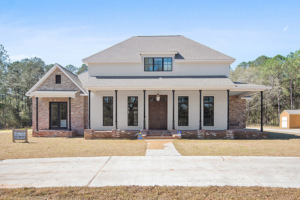 The pandemic has changed the way people view their homes. From the stay-at-home orders to the scare of spreading the virus, the home is everyone’s safe haven. Luckily today’s technology has enabled many Americans to work from home. More and more people are reassessing what they want in a home such as a home office, flex space and outdoor living space.
The pandemic has changed the way people view their homes. From the stay-at-home orders to the scare of spreading the virus, the home is everyone’s safe haven. Luckily today’s technology has enabled many Americans to work from home. More and more people are reassessing what they want in a home such as a home office, flex space and outdoor living space.
The housing market is booming in fact, home sales are higher than they were before the pandemic. The existing and new home sales are the highest level we have seen in over a decade. With the increase in home sales, comes an increase in the demand for building materials and labor.
Lumber has been in very high demand during recent months. Not only are builders building new homes but many homeowners are remodeling their current homes. Home offices and remote work locations have also spiked the demand for this hot commodity. The November 2020 Random Length Lumber contract shows a low set during the height of COVID in April at 277 but then in August lumber was set at 820.
The copper market has also been greatly affected by the booming housing market. Looking at the September 2020 copper futures contract, we witness a low set on March 19 at 1.99, followed by a big move up to 3.08 by September 15. Copper is also valuable to the technology industry where it is used for building servers, semiconductors and switches.
Currently, sales of single-family homes are up 24% from the spring, existing condominiums and co-ops are up 32%. Lumber and copper numbers are a great way to measure and predict the direction the housing industry will go, knowing which markets are directly affected by the growing demand for single-family units can be important for every trader and investor.
Click Here For the Source of the Information.

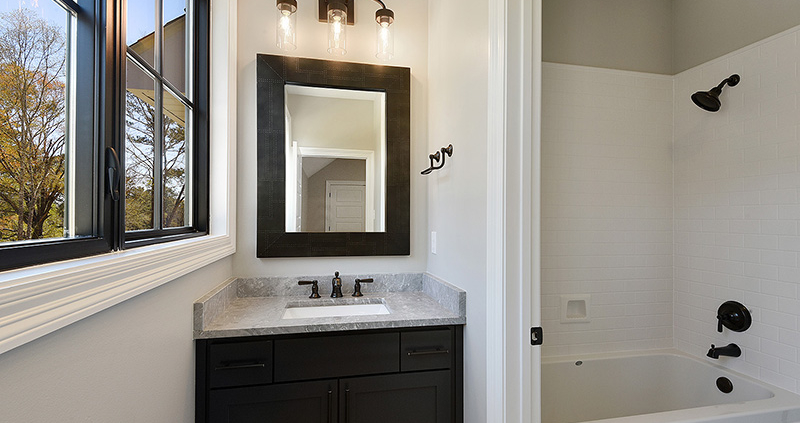
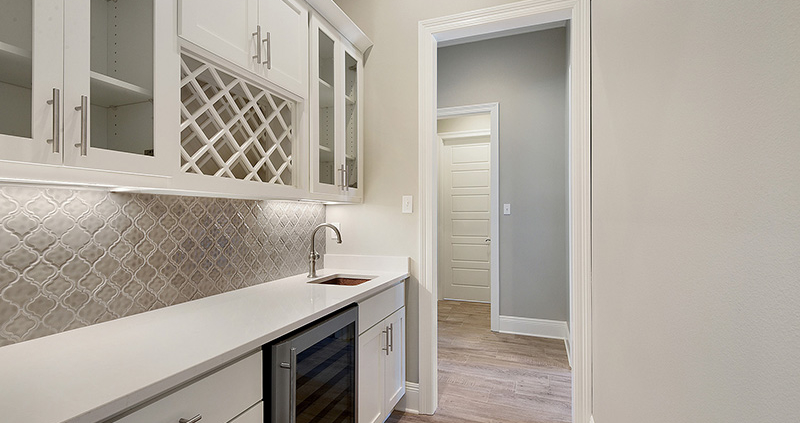
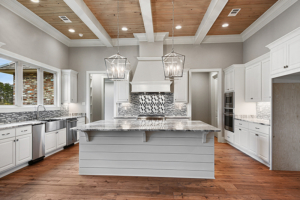 According to the
According to the 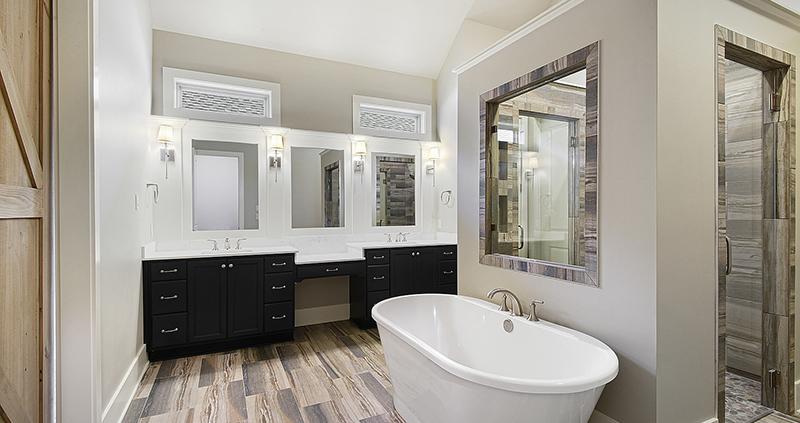
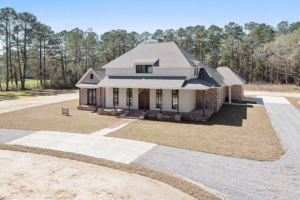 Freddie Mac announced another round of record-low mortgage rates. This will be the ninth record low since March 2020. The first full week of September saw a 2.86% drop in the average interest rate on a 30-year fixed-rate mortgage and a 2.37% drop on a 15-year fixed-rate.
Freddie Mac announced another round of record-low mortgage rates. This will be the ninth record low since March 2020. The first full week of September saw a 2.86% drop in the average interest rate on a 30-year fixed-rate mortgage and a 2.37% drop on a 15-year fixed-rate.
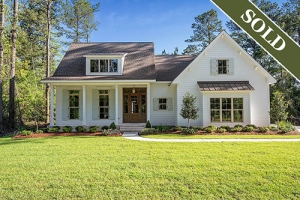 Even though the housing market was severely impacted by the COVID-19 pandemic, it is rebounding at record speeds. According to the latest
Even though the housing market was severely impacted by the COVID-19 pandemic, it is rebounding at record speeds. According to the latest 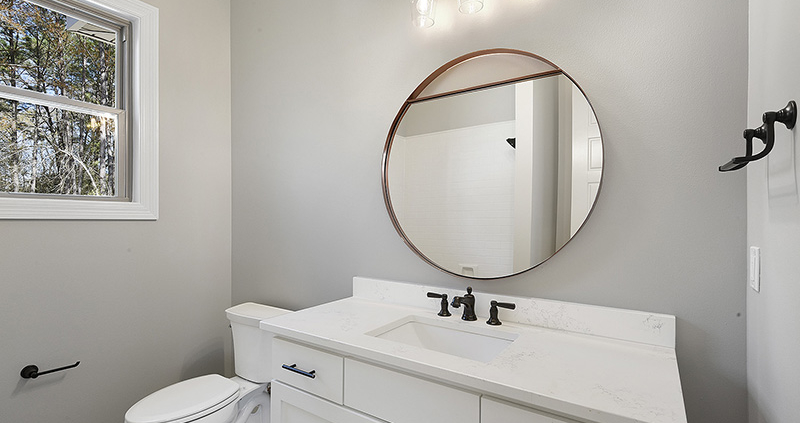
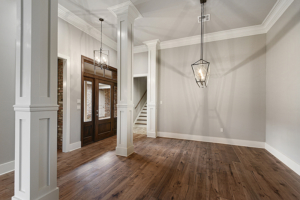 The housing industry and the residential construction industry is still the catalyst for a rebounding economy. Single-family permits and starts gained ground in July. Low-interest rates and the importance of homes due to COVID-19 have fueled the buyer’s market.
The housing industry and the residential construction industry is still the catalyst for a rebounding economy. Single-family permits and starts gained ground in July. Low-interest rates and the importance of homes due to COVID-19 have fueled the buyer’s market.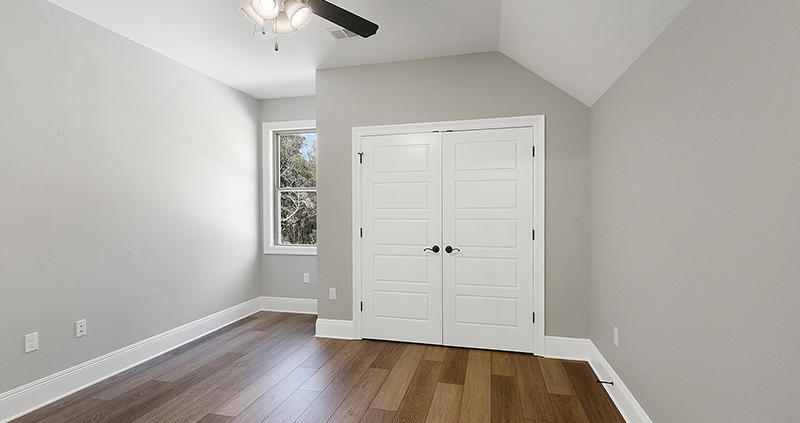
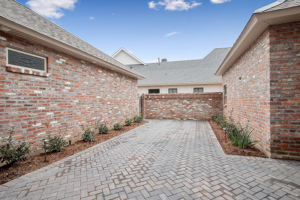 NAHB’s latest
NAHB’s latest 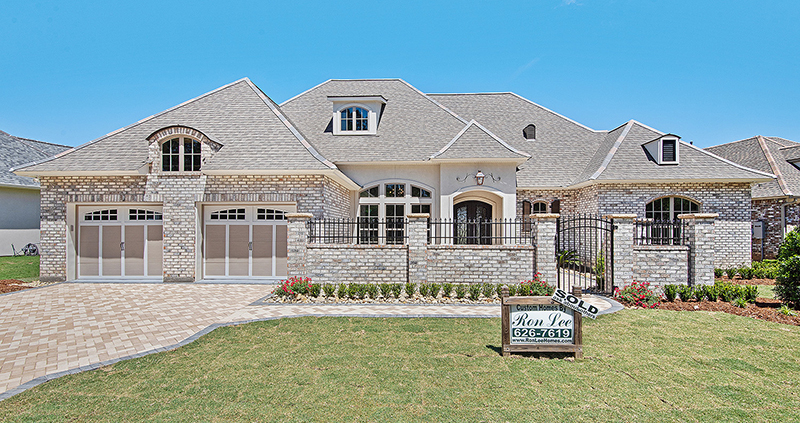
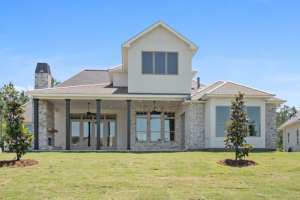 According to the
According to the 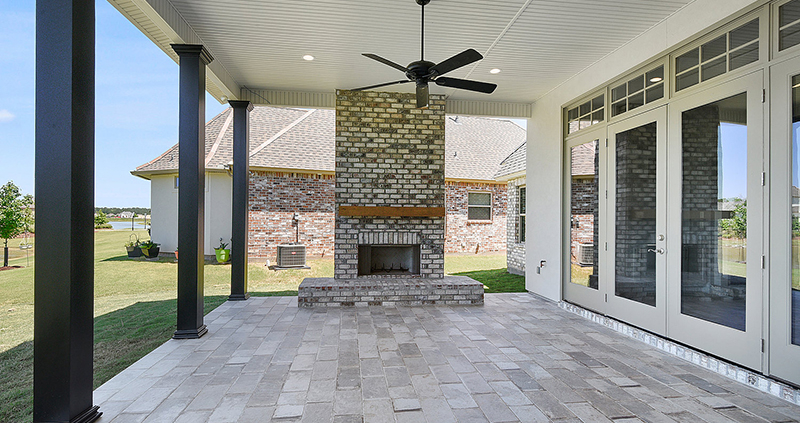
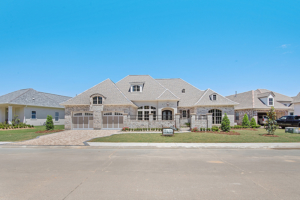 Freddie Mac reported the first week in July, a 3.03% decline in the average rate on a 30-year fixed-rate mortgage. This was a dip from 3.07% the week prior and 3.13% just two weeks before. In fact, the 30-year fixed-rate averaged around 3.75% this time last year. The
Freddie Mac reported the first week in July, a 3.03% decline in the average rate on a 30-year fixed-rate mortgage. This was a dip from 3.07% the week prior and 3.13% just two weeks before. In fact, the 30-year fixed-rate averaged around 3.75% this time last year. The 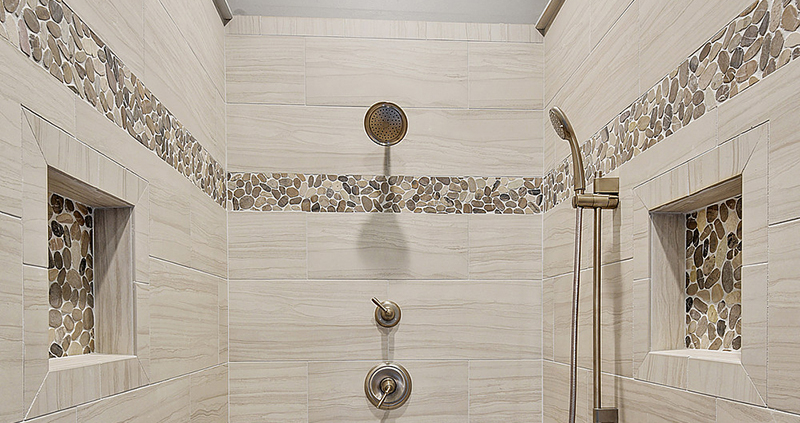
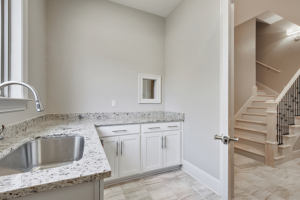 Even though we saw a slight decrease in April, home purchases are still going strong. The
Even though we saw a slight decrease in April, home purchases are still going strong. The 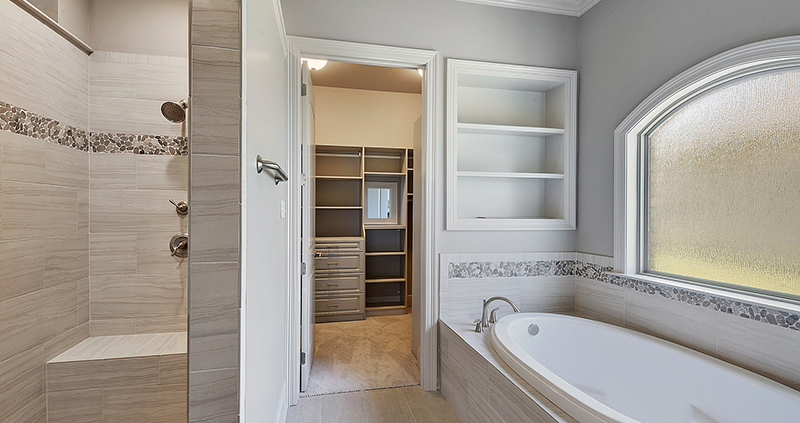
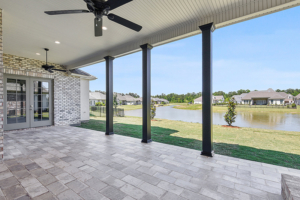 If all goes well youth sports will be allowed to begin the spring season on June 13. A full season will be played with end-of-season tournaments in August.
If all goes well youth sports will be allowed to begin the spring season on June 13. A full season will be played with end-of-season tournaments in August.